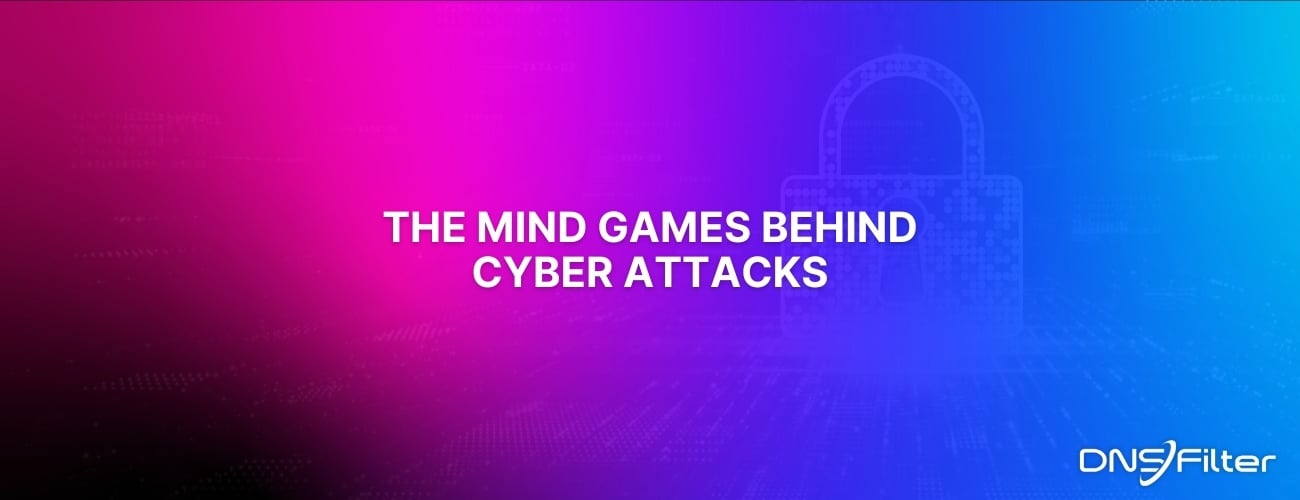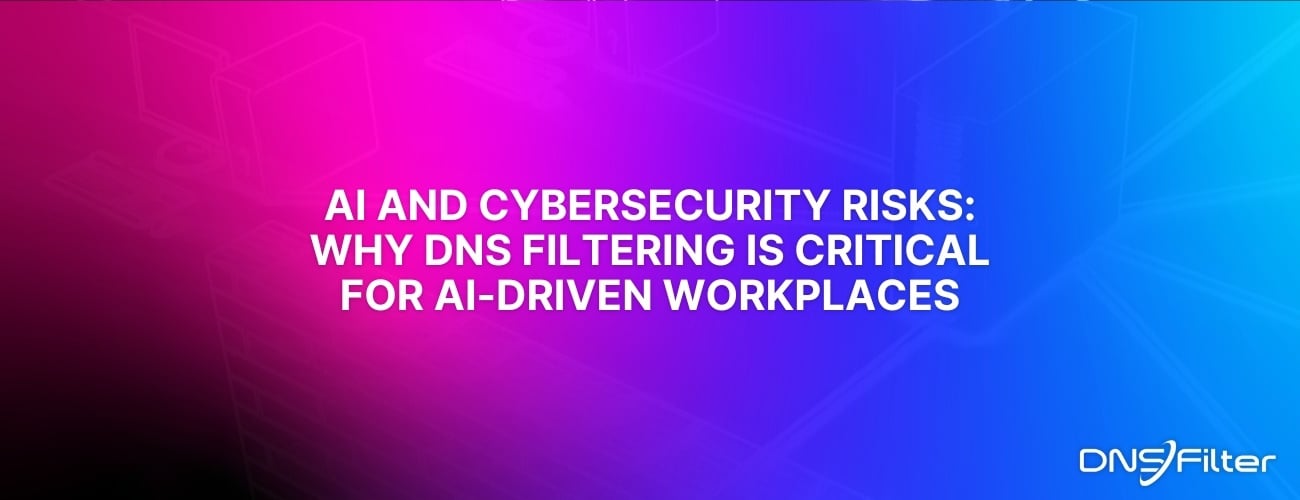Share this
DNSFilter Achieves SOC 2 Type II Compliance
by Aliese Alter on May 31, 2023 12:13:00 PM
When DNSFilter was founded in 2015, we had a vision to build a product that would keep people and businesses safe and secure while they were using the internet. As a part of that vision, we have also worked diligently to ensure our growing organization maintains a high level of information security.
This hard work over the last 8 years was recently validated by achieving SOC 2 Type II Compliance!
WHAT IS SOC 2 COMPLIANCE?
SOC 2 compliance can be broken down into two levels: Type I and Type II.
SOC 2 Type I audits review a snapshot of a company’s security protocols and ensure that the company is following their own policies at that given point in time.
SOC 2 Type II audits take a look into the company’s security protocols over a longer period of time to ensure the organization is consistently following their policies and procedures. The SOC 2 Type II report will affirm everything from the Type I report, and also attest that the controls are operationally effective.
WHAT DOES DNSFILTER’S SOC 2 COMPLIANCE MEAN FOR YOU?
With validation from certified auditors that DNSFilter is following our security policies and procedures, you can feel confident that all sensitive data is protected by stringent security measures. We’ve always taken the utmost care to protect our customer information, but now we can prove it.
DNSFilter’s SOC 2 Type II compliance also reduces your own organization’s security risks and can help to secure your own SOC 2 compliance reports.
ONGOING COMMITMENT TO SECURITY
In our efforts to make the internet a safer place, DNSFilter’s commitment to information security doesn’t stop here! Security is not one and done, and compliance doesn’t take the place of actively monitoring and improving on our internal procedures and policies.
As part of this commitment to our customers, DNSFilter will continue to add to our core security controls, as well as pursue annual SOC 2 audits to ensure our continued compliance.
More detailed explanations of DNSFilter’s security controls can be found in our SOC 2 Type II report. Due to the sensitive nature of this report, it is currently only released under a non-disclosure agreement to customers working directly with an Account Executive, at the discretion of our General Counsel.
To request a copy of this report, please reach out to your Account Executive directly. For any other questions relating to DNSFilter’s SOC 2 Type II compliance, please email us.
Share this
 Artificial Intelligence in Cybersecurity
Artificial Intelligence in Cybersecurity
The term “artificial intelligence (AI)” was first coined in 1956. While progress stalled for many years, we can thank IBM for sparking real interest in AI as viable technology: First in 1997 when the computer Deep Blue defeated a chess champion and again in 2011 when Watson won Jeopardy!
 The Mind Games Behind Cyber Attacks
The Mind Games Behind Cyber Attacks
Hackers have long understood that the most sophisticated firewall is no match for a well-placed psychological trick. While many focus on the technical prowess of cybercriminals, the real magic often lies in their ability to manipulate human behavior. By exploiting our natural tendencies and cognitive biases, hackers can slip past even the most robust security systems. It's not just about cracking codes; it's about cracking the human psyche.
 AI and Cybersecurity Risks: Why DNS Filtering is Critical for AI-Driven Workplaces
AI and Cybersecurity Risks: Why DNS Filtering is Critical for AI-Driven Workplaces
Artificial intelligence is transforming business operations, automating everything from customer service to data analysis. But with these advancements come new security challenges. AI-driven cyber threats are becoming more sophisticated, enabling attackers to automate phishing campaigns, generate malware, and exfiltrate sensitive data at scale. Without proper safeguards, AI tools can unintentionally leak corporate secrets or connect to malicious ...


